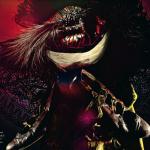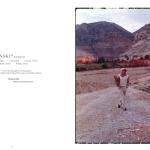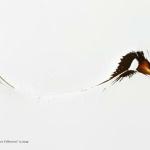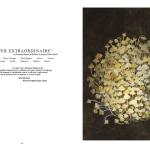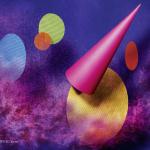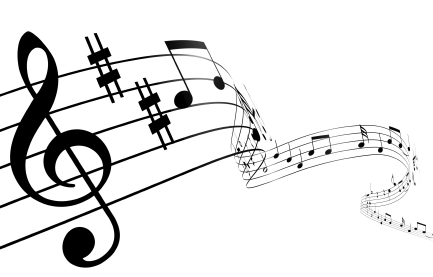
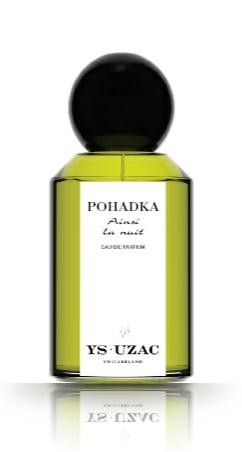
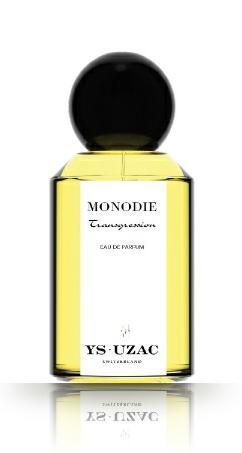
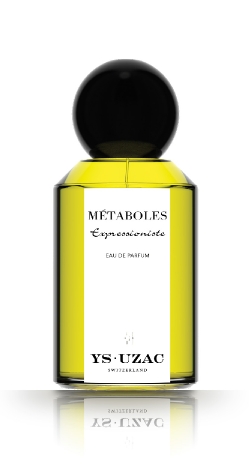
April 23, 2012
The Visions and Sounds of Esxence
by Nicola Pozzani
Contributor

Disclaimer: The views and opinions expressed herein are solely those of the author and/or guest contributors and do not necessarily state or reflect those of
The Perfume Magazine LLC, Raphaella Brescia Barkley or Mark David Boberick.
All content included on this site, such as text, graphics, logos, icons, videos and images is the property of The Perfume Magazine, LLC. or its content suppliers and protected by United States and international copyright laws. The compilation of all content on this site is the exclusive property of The Perfume Magazine, LLC. and protected by U.S. and international copyright laws.
The Perfume Magazine Banner was designed exclusively by GIRVIN and is the property of The Perfume Magazine, LLC. and are protected by U.S.and international copyright laws. Additional Banner information can be found on our ABOUT page.
All images appearing in the banner are registered trademarks of their respected company and are used with permission.
© Copyright. 2011. All Rights Reserved. The Perfume Magazine LLC

The body of my work in life focuses on creating training experiences around scents via the cross-sensory experience, also called synesthesia. By providing a reference to it, the sensory stimuli from our other senses help us to detect and study the scent message. This past March at Esxence, I was fortunate enough to come across several references to this approach that take the synesthetic dialogue further, illuminating the relationship between scent, vision and sound.
VISIONS: ODE, A PUBLICATION ABOUT PERFUME
The connection to images is probably the first synesthetic journey our sensory perception embarks on when detecting a new scent. Most probably, this occurs because our sense of sight is the one we use most extensively. Consider, if you will, the world of perfume communication: it has been through sight that we have been educated about perfume.
Niche fragrance lovers may have been exposed to the work of Humiecki and Graef, the German duo who have created a bold signature by crafting scents that are moved, literally, by emotions, such as madness, melancholy and fury. Surfing their inspiration and their peculiar use of images, they have now developed ODE, A Publication About Perfume.
ODE is a beautiful work which deals with the relationship between scent and images. It does so by opening up the visual perception of perfume: it’s a collection of very subjective, visual interpretations of it with art work created by professionals of the visual language. ODE asks the following question: “What associations does a perfume awaken in people who themselves generate images or work with them on a daily basis?”
In response to the quest, a selection of visual artists represented their favorite perfumes or some perfumes whose identity was kept secret to them. I had the pleasure to meet and speak with the Creative Director, Sebastian Fischenich, who enlightened me with more background information on the project.
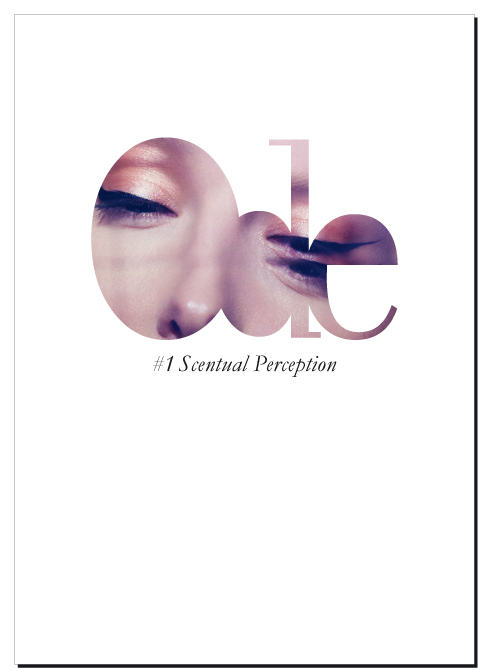
Nicola Pozzani: What was the inspiration behind ODE and what is the response that you expect from the reader?
Sebastian Fischenich: The inspiration behind ODE is a very simple one. Perfumery has, for ages, been an extraordinary artistic form, but it wasn't validated in the same way as music or visual art. Maybe that comes from our Christian culture, where smell as a sense was always treated as very archaic and demonic. In fact, Renaissance and Baroque painters tried to capture the sense of smell in splendid flower arrangements, so vivid that you literally can smell them. So ODE asks the question, how can an image smell or express the idea of a scent or fragrance? It was a simple idea to create a publication which starts to contribute a part to the artistic meaning of perfumery. It invites the reader to consider perfumery as a same art as visual arts are and its audience to think about their own associations with scents.
NP: In ODE you asked several artists to represent perfumes visually and a writer to come up with 5 stories inspired by 5 fragrances. The reader’s experience is through images and words, but without a single smell. Was this a choice? And if so, could you illustrate why?
SF: It was definitely the choice to work without a single smell, because in that particular case we are interested in the meaning of the image itself and if this image can communicate something so volatile as a scent. I was impressed when I got the visuals created by photographers all of whom received from our side an anonymous vial with a perfume and without knowing the name, concept ,or company behind it - came up with images that precisely express the feeling of the perfume and it's concept. For me this was proof that perfume itself communicates very strong images.
NP: Perfume communication has always used images and words. In your opinion, why do you personally believe this will remain true in the future?
SF: At least we are communicating through words, spoken language and images. This is our culture and this is how we express knowledge. It helps us to find a common denominator on the things we don't know or we try to describe. I think there will be always an interaction between the immaterial, which a scent is, and the material, which an image is. The only challenge is to find the precise image and word to describe something. Here we have to be very careful, and it doesn't necessarily mean that we are taking images all of the time (smartphonenobia); that we are really aware about the different levels of meanings within the images. For this you need professionals. What I believe is that everybody has his own "visual identity" in the sense of culture (the place we grew up, the surrounding etc.). Even this is individual, but there is a common sense - what we call culture. The understanding of this is very important, and as we present in ODE, there are definitely examples of this common know how.
NP: The process that your visual artists have followed in creating images from perfume probably differs from the way visual campaigns about perfume are created, wouldn’t you say?
SF: Campaigns are often unsuccessful due to their aim to find the “all” in one solution. They aim to express the company’s style, their perfume’s concept and they want to reach all target groups. The reason this doesn't work is pretty clear, because you end up creating a big mess. I think, that's what we see in ODE - that you need to maintain a certain amount of concentration on one thing. When you keep this in mind, you create a strong image which is a better communication platform for your brand than any corporate guidelines could ever be. An image should be created in the same way as perfume, keeping in mind a strong visual concept without trying to please everybody.
NP: This was the inaugural issue. Can you tell us what we should expect from the next publication?
SF: Definitely we will continue to work on the idea of visuals, scents and their interaction. It's just the way we will express it that could be different in the next issue. For us, there is also carte blanche, which means that we do not have to stick to the idea of just a book. You will see.
GALLERY
Click to View Selected
Images from:
ODE, A Publication
About Perfume
ODE, A Publication About Perfume is published by Bel Epok and is available in selected European bookshops and online at www.ode-publication.com
In addition to sight, the connection between perfume and sound is also a very powerful one that can help us study perfume through the way it creates a reference to another language which can help us decode the scent’s message. This is a response that I have had each time I have held workshops about the synesthesia between the two languages.
Walking through the aisles of Esxence with a well known perfumer, and my dearest friend, I was attracted by the catchy yet refined, hand-made packaging of the Swiss perfume house YS - UZAC. The enthusiastic couple behind the brand welcomed us and very soon, a world of beauty began to emerge.
As I was sniffing the blotter, I was immediately captured by the composer’s language. I appreciated what the fragrances could evoke but, above all, I loved the way in which these compositions possessed the ability to speak to my senses. I then expressed my impressions to Vincent Micotti, the nose, telling him, “I love the way in which you ‘played’ the ingredients, it feels like classical music, with the harmony and balance of a composition”. Micotti proceeded to explain to me that besides being a perfumer, he is also a classical musician...
Micotti describes his approach as such. “I use the color of scent to paint dreams, and I use the voice of music to carve the structure of emotions”. He refers to the results of the process as 4 fragrant movements.
SOUNDS: SILENT DANCE, RHAPSODY, MONODY AND SARABAND OF YS - UZAC
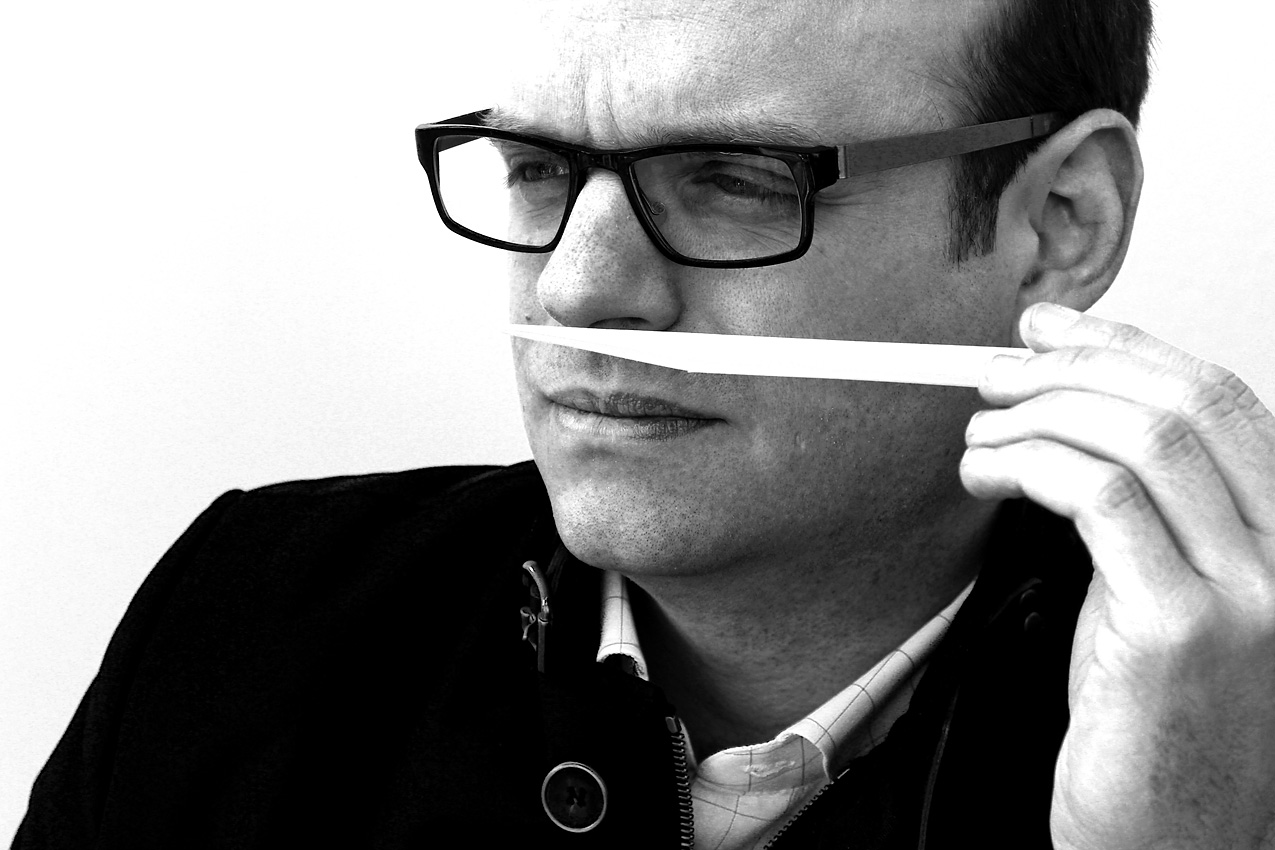
Vincent Micotti
YS-UZAC’s work is truly beautiful, because it demonstrates the perfect example of when perfume becomes a language capable of opening up the conversation with other languages. And in doing so, it creates a beautiful, melodic, and thorough narrative for the senses. Micotti’s work is imbued with meaning, yet he can craft beautiful, simple, wearable fragrances, which move nicely within a contemporary framework. Studying these fragrances and their “music” was a true afternoon of wonder. Wearing them made it even more interesting. I could not resist interviewing him.
Nicola Pozzani: You are a classical musician and a perfumer: When you compose fragrances, what is the dialogue between music and sound?
Vincent Micotti: The most important for me is the vision of the result that one needs to develop; to hear the sound before touching an instrument or to smell the accords before mixing. As such, sound is not a result of an instrument, or a key on a piano, but of an imagination. Therefore imagination and expression are keys to both worlds.
NP: In LALE you’ve created “a dance with snowflakes and memories”, the scenario of a “silent love story”. Can you tell us more about this silent dance? Perhaps how you ‘played’ the ingredients?
VM: The inspiration for LALE is the wintersweet, which I experienced for the first time about ten years ago in the Himalayas. This fantastic flower blooms during the coldest months of the winter, surrounded by the silent dance of the snow flakes, hence the subtitle “Dominante Blanche”. For me the smell of the air during the night before the winter’s first snow is such a fantastic experience and I am particularly moved by the silence during a snow storm that I had to create a perfume using the fragrant link related to both worlds.
NP: In METABOLES, you play us a “Rhapsody (of spring)”. It is a rhythm, both “bold and fragile, which like spring, awakens emotions.” How did you choose the word Rhapsody? Is there a specific Rhapsody in music that you were thinking of?
VM: Rhapsody is, above all, a liberated expression of sentiment in music, and that’s exactly what Métaboles is all about.
Probably the most popular “Rhapsody”
NP: MONODIE sounds like “a melody that lights up the dark blue evening sky”. I couldn’t agree more! to me it’s a lively awakening, a moment of light-hearted eternity, that pleasant, a bit sugary, summer evening that is telling you that you love life. But let’s look at the name: monody, in music, is a word used to describe a single melodic line. Could you tell us in which way is this melody a monody? I am loving these musical references!
Even though MONODIE is built up by very complex and contrasting notes such as Eau de vie de Mirabelle or rhubarb, it almost gives the impression of being a minimalistic fragrance. The reference to monodic music is about the single voice of happiness that is leading.
An example of Monodie in music.
NP: POHADKA is a “saraband of air, wind and flame”, which gives us “an hour of dream”. Pohadka, which translates into “fairy tale” is also a cello and piano composition inspired by an epic Russian poem. Saraband also describes an ancient dance which originates in Central America. How have these elements played a role in composing this fragrance?
Actually POHADKA translates into “a tale”, and not a “fairy tale”, which is an open door to wider emotions and depth. Today, Saraband is mostly referring to the famous French Suite style that J.S. Bach loved as form for his compositions. Pohadka is not an artificially sweetened tale, it has taken inspiration from the mind-blowing beauty of mother nature, where the elements of atmosphere (air), the sound of leaves (wind) and sunset (fire) joins and harmonizes.
Pohadka
Saraband, Bach
For more information or to purchase these fragrances, please visit the YS UZAC website.
Special thanks to Sebastian and Vincent for their participation in this article.
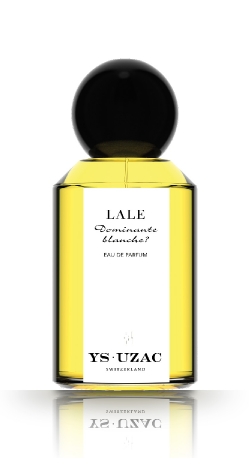
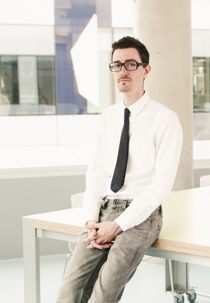
NICOLA POZZANI | CONTRIBUTOR
Nicola Pozzani, also known as Synesthetic Provocateur, is the founder of S Sense The Senses Of Perfume, Sensory Training Company in London. Trained by perfumer Jean Claude Ellena at the Università dell’Immagine of Milan, he works on sensory training projects on scents for companies, major perfume/beauty brands and charitable foundations. He is also teaching "Design With Scents" at Kingston University London. www.ssense-perfume.com

